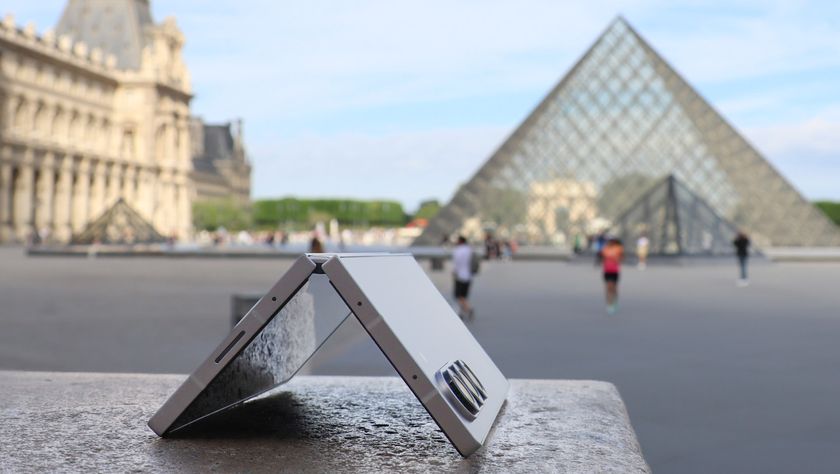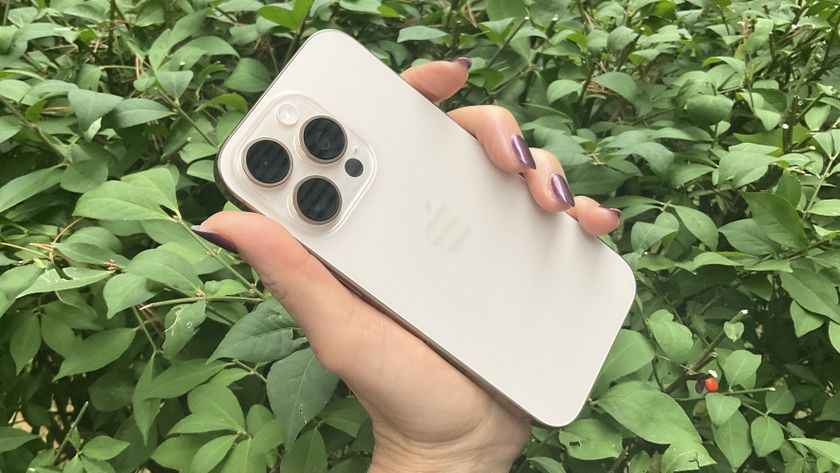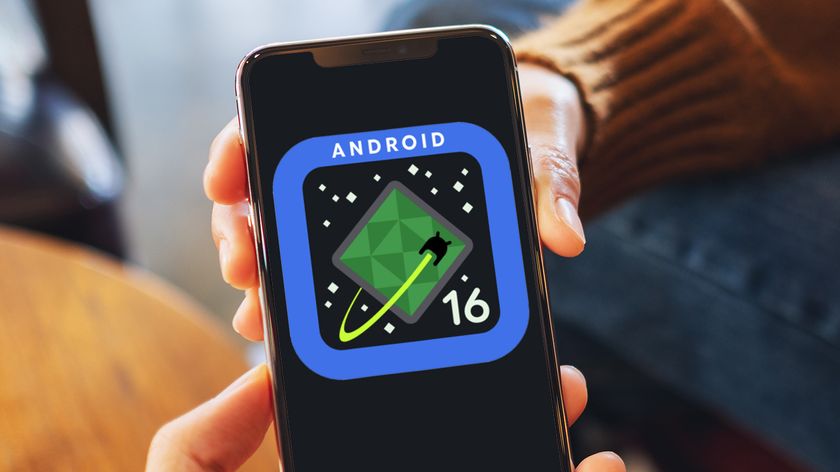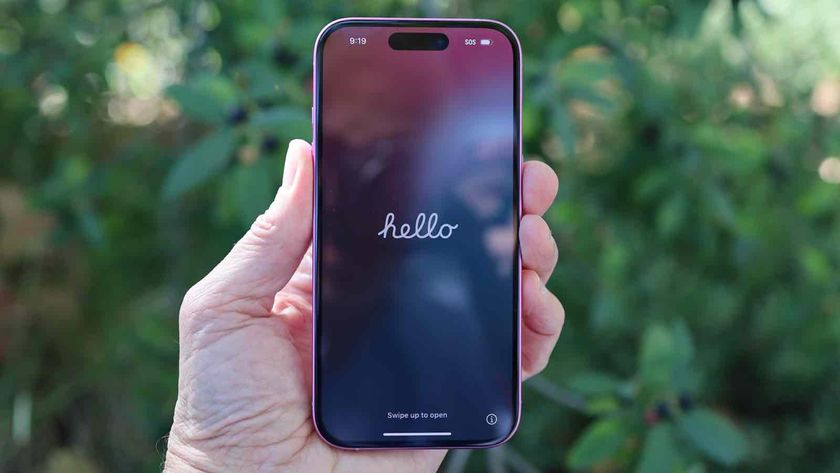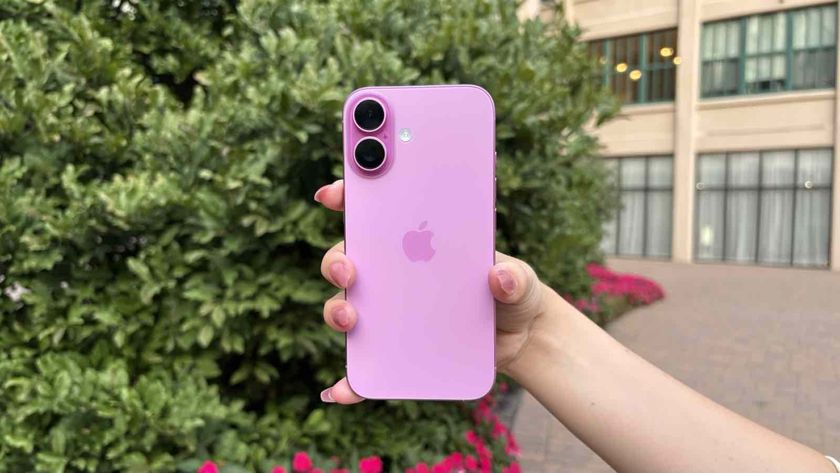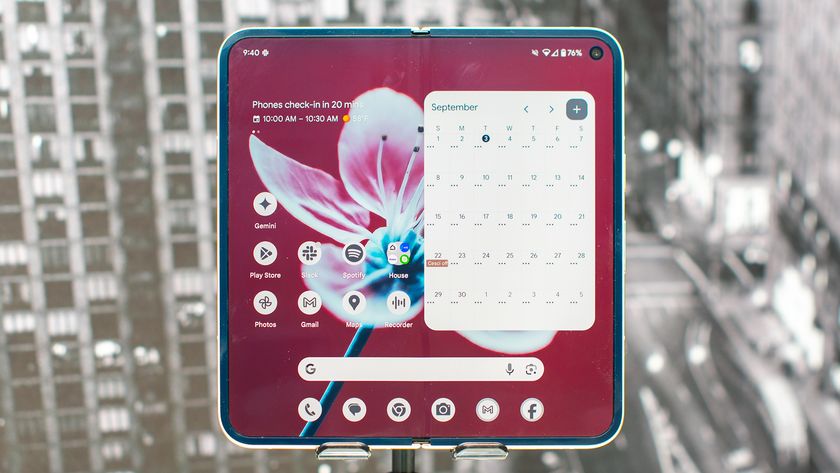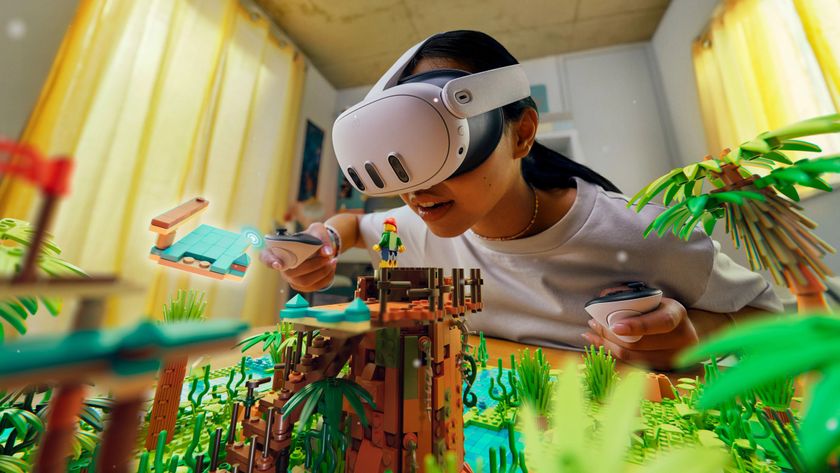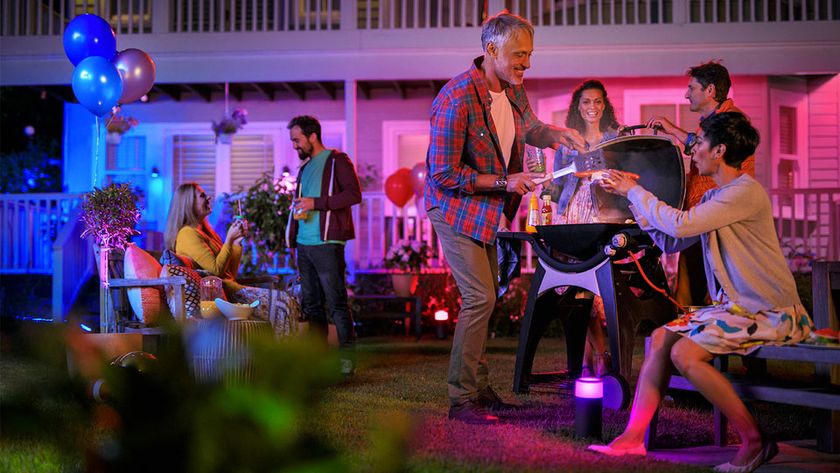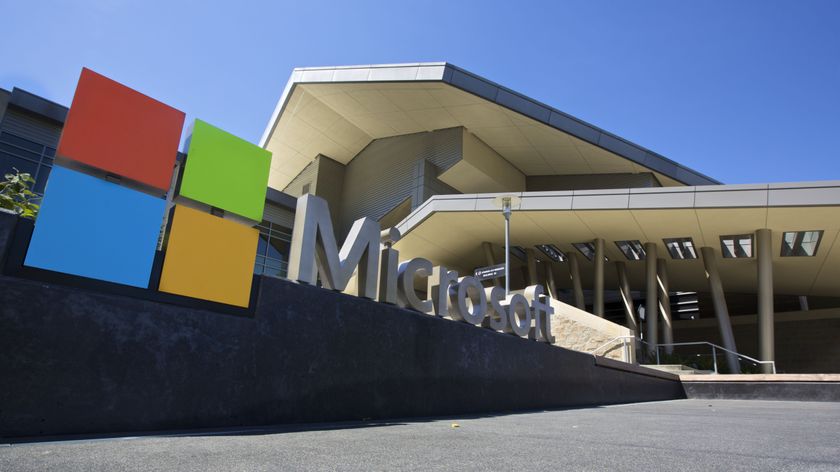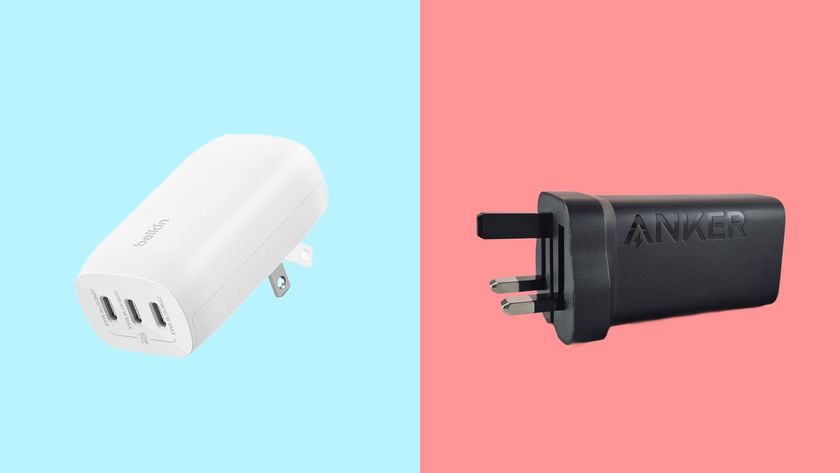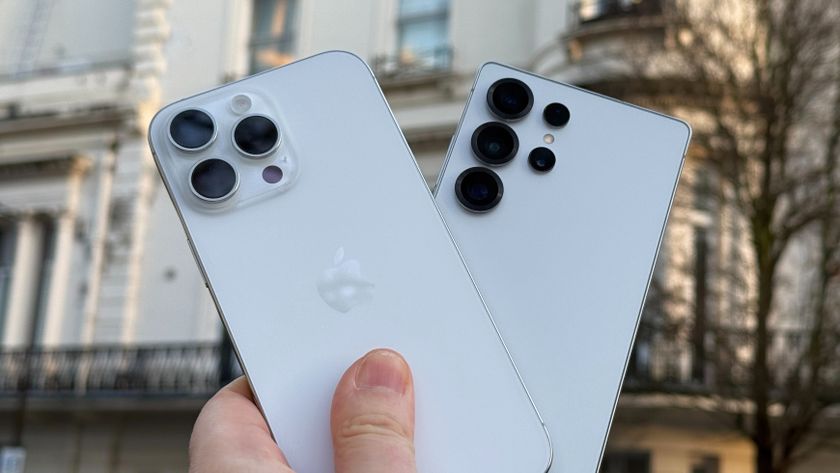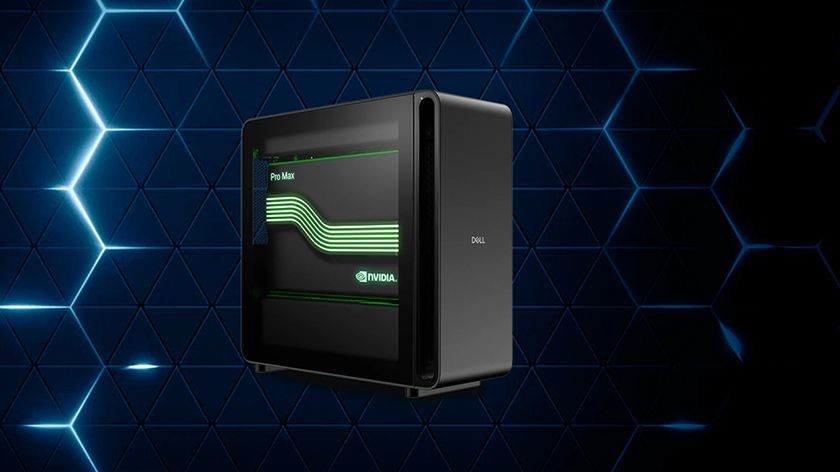New LEGO sets are designed for people who are always glued to their smartphones
LEGO Hidden Side is as digital as it is physical
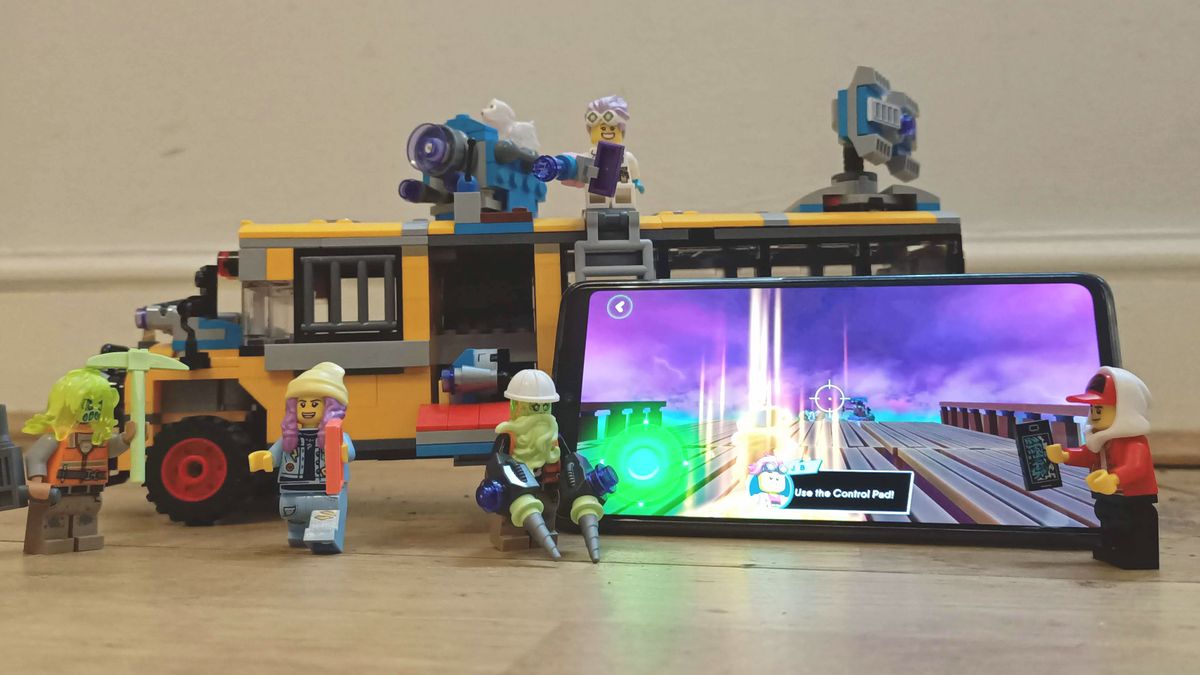
One of the biggest complaints of parents is that their children are always glued to their smartphones; it’s almost as though the world now exists just as much digitally as it does physically. That hasn’t phased LEGO, though, despite being widely known as a manufacturer of toys – physical toys – and its latest kits now blur the boundaries of physical and digital play.
Those kits are LEGO Hidden Side, a series of ghost-themed sets (that, notably for LEGO, aren’t based on a pre-existing franchise)... that take on a second life when you’ve made them. This second life is on a Hidden Side smartphone app, which lets you interact with the sets using augmented reality (AR).
On the app, you have to solve puzzles by interacting with the set, by using your smartphone camera to scan the set and recognise the changes you make. Take a look at all eight Hidden Side sets on LEGO's website.
So you may fondly remember playing with your LEGO Knights, Rock Raiders or City kits, opening up the buildings, playing with the minifigures; but your kids might remember doing the same thing while looking at their smartphones.
That’s not a sad sign of the times though, or the indication of the death of a beloved toys manufacturer – instead, it’s just another side-effect of the digitization of our lives, and an example of a long-running brand innovating to stay with the times.
What’s it like to play with a LEGO set on your phone?
If you’re scared of your kid spending even more time on their smartphone, never fear; you actually have to construct the set before you play with it on your phone. If you’ve got a pulse, there’s a good chance you already know the joy of constructing a LEGO set, so we’ll start where the digital experience comes in.
You have to download the LEGO Hidden Side app first; we found it didn’t work on every phone we tested it on, so it’s worth checking if your handset is compatible by checking on the App Store or Play Store ahead of time.
Get daily insight, inspiration and deals in your inbox
Sign up for breaking news, reviews, opinion, top tech deals, and more.
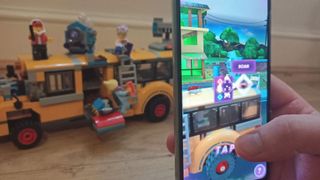
When playing with Hidden Side, there are two modes: Hunter and Ghost, and both bring various gameplay elements, as well as different real-world interactions.
Hunter mode is the one that incorporates AR into gameplay: you have to scan your set, then complete puzzles by manipulating it in real life. This can consist of moving minifigures to locations, or modifying parts of the set (we tested the school bus, and you had to spin elements to display different colors).
There’s a fair amount of moving about necessary for Hunter mode, and in our experience the tech works quite well. The app was quick to notice when we’d made the changes it asked, even on mid-range phones we tested it with.
Ghost mode doesn’t use the sets themselves, although it does use them as a setting, so you don’t actually need to be around them to play. It’s a third-person action mode, whereby you need to traverse a map collecting elements that you can then use to interact with the digital set in the middle.
The Ghost mode seems designed so that you can use Hidden Side to play with LEGO even when you’re not around the kit; it adds an extra layer of gameplay that doesn’t tether you to the model in the real world.
Completing challenges in either Hunter or Ghost mode earns you various collectibles, although the point of this is unclear. LEGO told us it’s planning to add more features though.
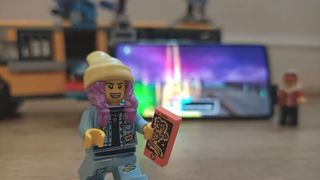
What was it like designing LEGO Hidden Side?
LEGO has dabbled with software and gaming before – there are plenty of LEGO apps, as well as Traveller’s Tales video games and LEGO Dimensions, a toys-to-life video game with physical minifigures. LEGO Hidden Side, though, is perhaps the biggest project by the company to have an even split in the physical and digital worlds.
To understand what caused LEGO to embrace this divide, we spoke to Roberto Marchesi, senior digital creative lead for LEGO Hidden Side, to better understand the project.
First, we asked about the aforementioned digital-physical divide. “Today, kids are constantly moving between the physical and digital worlds, this blurring of lines is what inspired The LEGO Group’s exploration into a ‘phygital’ play experience.
Kids are constantly moving between the physical and digital worlds
Roberto Marchesi
“New research shows that kids see no difference between the two [physical and digital creative play] and can shift effortlessly between each world. By keeping a hand in each world, children can experience multiple parallel play universes, get immersed and move fluidly and frictionless from one environment to another”
So LEGO Hidden Side was designed to mirror the new way younger generations see the world, but what about the actual tech that powers the app and gameplay? And how did that affect the design of the eight sets?
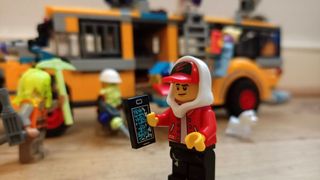
“Each new theme has a unique set of challenges, and what really stood out with LEGO Hidden Side was the need to create models that managed to balance the relationship between the physical and the digital play. Our models had to appeal as standalone sets, be built to AR tech specifications and work as gameplay enablers.
That’s a lot more than most LEGO sets, which only need to tick the first of those boxes, and it sounds like the team had to work much harder to tick the others: “A collaboration between model designers, tech programmers, and game developers was established.“
“Technology also played a role in the development of the models as it was crucial for the app to work universally on all sets from the assortment. The design process for the sets was an interactive back and forth where play experience, theme and AR all had to achieve a balance.
“Ultimately, the kids are the judges of outcome. They need to like the models, understand how to use AR, and have fun playing. It is essential that all areas be balanced and ultimately support each other.”
Lastly, we asked whether we could see Hidden Side-style tech, with its interplay between physical and digital play, to other LEGO series, but Marchesi told us “the LEGO Hidden Side models are at the centre of the AR experience,” and that’s certainly true – the characters in the sets are ghost hunters, using their smartphones to hunt ghosts (just as you do in the app). This wouldn’t exactly work in, say, a medieval-themed set – obviously they didn’t have smartphones back then!
Saying that, Marchesi left us with a hint at the future of LEGO AR sets: “AR has the potential to enrich any of our sets, both during the building process as well as role playing moments.” so potentially we’ll see this kind of interplay between physical LEGO sets, and apps in the future.

Tom Bedford joined TechRadar in early 2019 as a staff writer, and left the team as deputy phones editor in late 2022 to work for entertainment site (and TR sister-site) What To Watch. He continues to contribute on a freelance basis for several sections including phones, audio and fitness.
